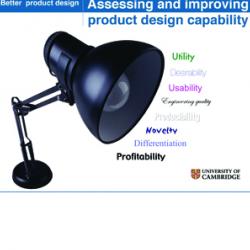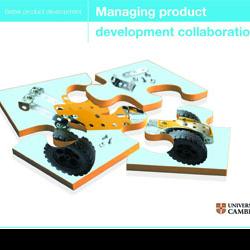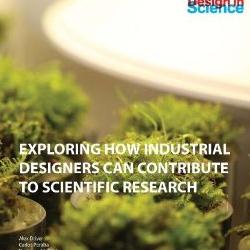
Managing design to create better products
The Design Management Group researches the role of understanding and improving the way the ways in which design and new product development are managed on the successful delivery of new products and services. In particular, we are researching how such approaches are utilised:
- in creating sustainable, desirable, usable and producible new products and services;
- in acting as an integrator between technology and users;
- in promoting the importance of design at firm and national levels.
It is widely recognised that the design of great products and services is a key factor in the success of firms and the way in which the product development process is managed is critical to this success.
The group has delivered design tools that bring together opinions, experiences and perspectives from around the business to support team work, encourage customer focus and involvement, promote creativity and encourage good decision making.
Group Members
- Professor James Moultrie (Group Lead)
- Other
Books
|
Assessing and improving product design capability James Moultrie. Cambridge Institute for Manufacturing. An organisation with an appropriate product design capability will deliver useful, usable, producible, desirable, profitable and marketable products. This workbook uses the maturity of 25 key design activities, in the form of a product and process audit, to assess product design capability. Opportunities for improvement are then identified along with appropriate actions. |
|
|
Managing product development collaborations James Moultrie. Cambridge Institute for Manufacturing. For many organisations collaboration in product delivery is essential. Good collaboration is dependent on having an appropriate strategy, a structured development process, good partner selection and effective partnership management This workbook offers practical guidance for the effective management of product development collaborations. |
|
|
James Moultrie. Cambridge Institute for Manufacturing. The Design in Science project brought professional industrial designers into the science base at Cambridge to work on live research projects. The aim was to explore ways in which designers might be able to support the commercialisation of early stage science, and to understand what factors might influence collaboration between designers and scientists. |



